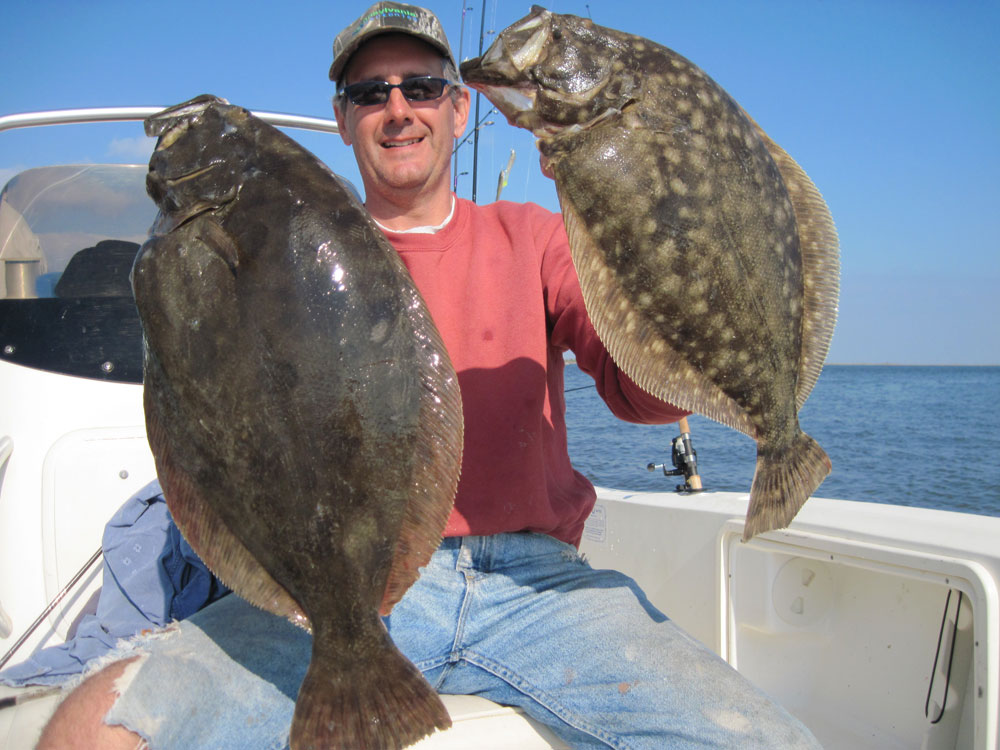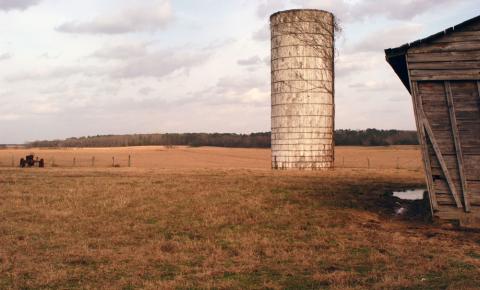
During the spring and summer months, the flounder move inshore and feed heavily on shrimp, small crabs, Cocahoe minnows, small mullet and any other small bait that comes in and out of any type of drain in shallow water. Flounder prefer an outgoing tide, but they also will feed on an incoming tide. Flounder like to hold at the mouths of drains and ditches or on shallow points. When they start moving out of the shallow water, they will stack up around these drain mouths and points. Once you locate flounder, you can often have a really good day of flounder fishing.
Typically, this flounder move takes place about the end of October. Flounder seem to be cyclic. The last three years we haven’t caught many flounder, but in 2019, we've caught more flounder than we've caught the three previous years. I called some of my friends at the Mississippi Department of Marine Resources to find out why we’re catching more flounder this year. They explained to me that those bumper crop seasons of flounder happen about every two or three years. Then you may have good catches of flounder for the next two to three years or perhaps even seven to eight years.
The other captains and I at Shore Thing Chares in Bay St. Louis, Mississippi, like to fish lead-headed jigs with soft-plastic grubs on their backs and bounce those baits off the bottom. We also fish live Cocahoe minnows, small mullet and shrimp on the bottom. With a live bait, we will use a Carolina rig. Flounder fishing can be really boring. But then you may get on one spot and catch a good number of them. I've had days where we will catch flounder on just about every cast. I've had other days where we’ve fished for four or five hours and never have caught a flounder. Then when we’ve moved to another drain or a different point, we really whack them.
The best day of flounder fishing I've been a part of was once when our Shore Thing Charters had anglers in four boats with three to four anglers in each boat and caught 82 flounder. These flounder were really big ones, some weighing over 5 pounds. Once we find flounder ganged-up like this, we may fish that same spot for two or three hours. On a good day, we may catch 10 to 20 flounder when we find them ganged-up like this. On a really good day, we may catch 30 to 40. Each angler once could keep 15 flounder, however, the limit recently has changed. Now each angler only can keep 10 flounder per day.
We fish for flounder with hooks no bigger than a No. 2/0. I tell our anglers that when a flounder takes a bait, you'll feel like you’ve picked up a leaf or a dish rag, next there will be a sharp strike and then when you strike the flounder, you'll think you're snagged on an oyster or some wood. Suddenly a big flounder will pull drag off your reel just like a redfish or a big speckled trout will. If you're fishing by yourself, you need to have your dip net close to you. Or, you want to have a buddy with a dip net close to you.
Flounders are really Houdinis. If you don’t keep tight lines on them, they will throw the hooks. You may lose the flounder right at the boat, so you want to get that flounder in the net as quickly as possible.



























